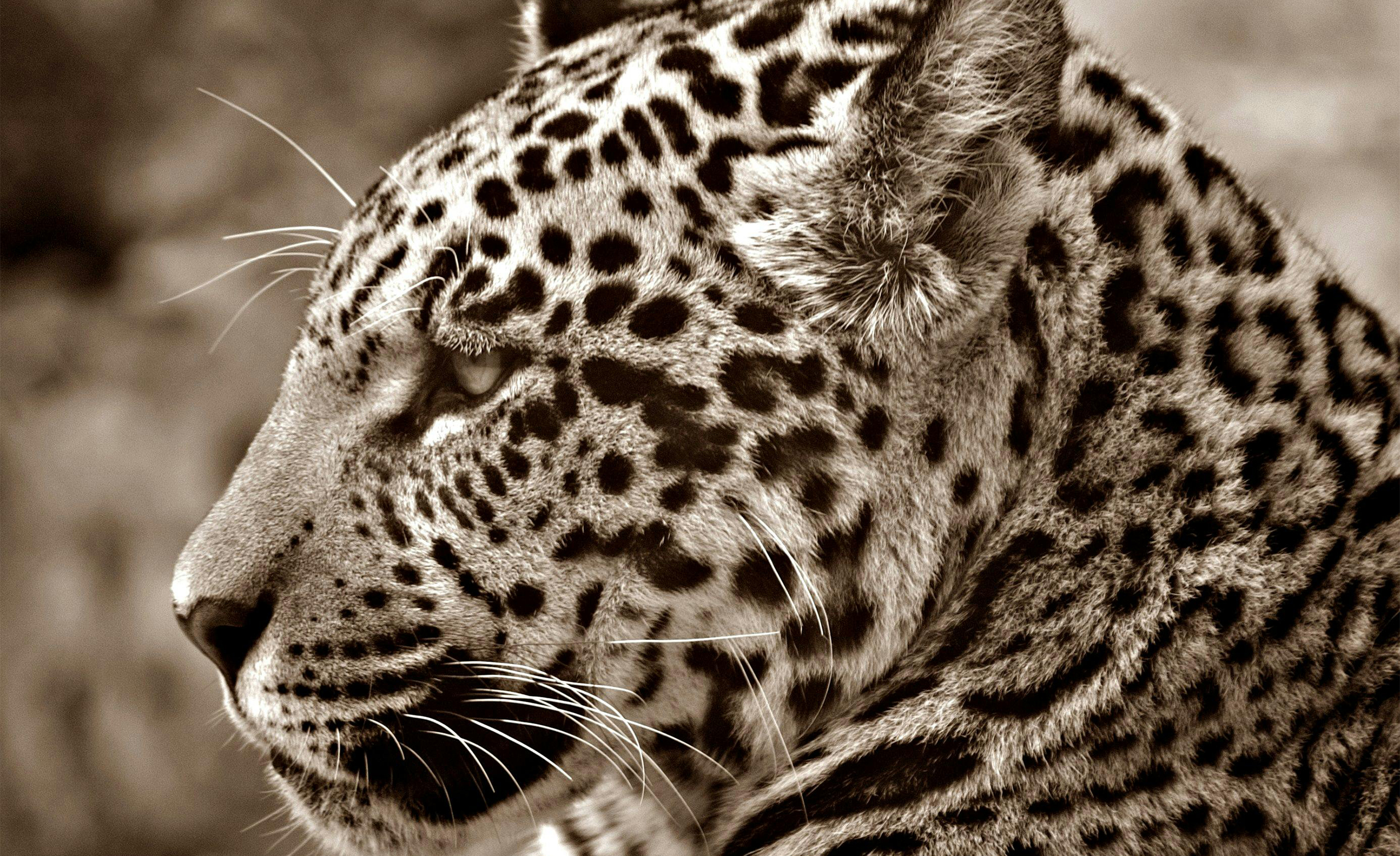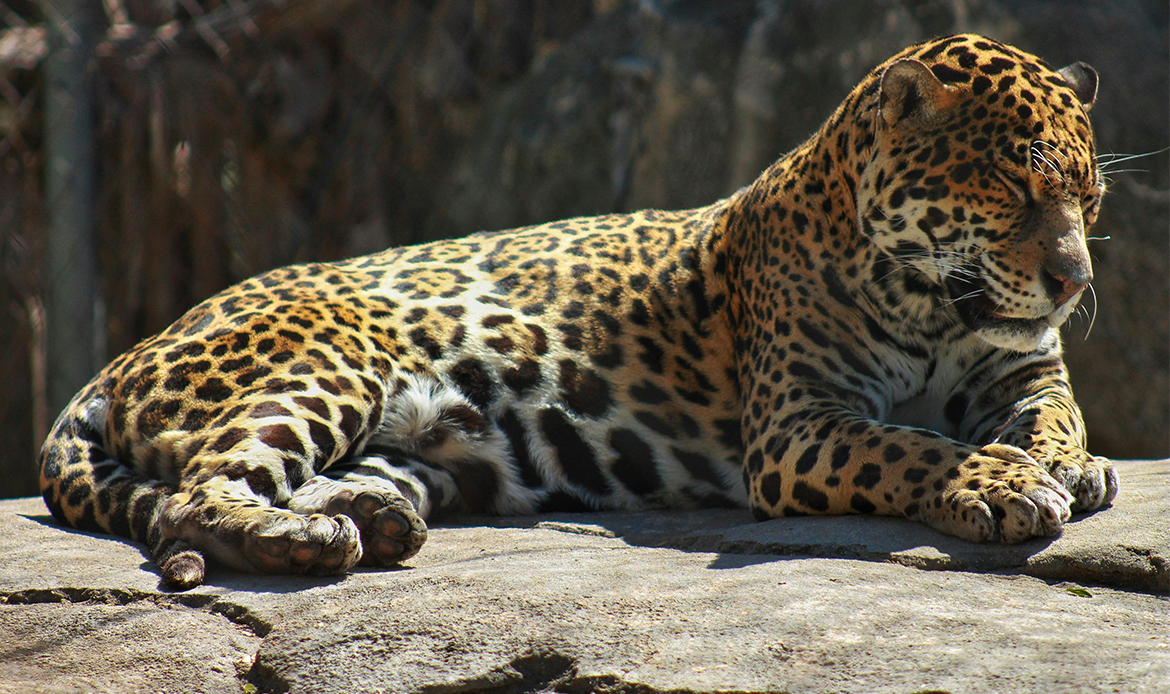
The Silent Stalker: How the Majestic Jaguar is Vanishing from Our World
In the dense rainforests of South and Central America, a shadowy figure moves with silent grace. The Jaguar, known for its powerful build and strikingly beautiful coat, is a symbol of the wild’s untamed spirit. Yet, this majestic predator is facing a grim reality: it is vanishing from our world. The Jaguar’s decline is not just a tragedy for biodiversity; it signifies a larger environmental crisis that affects us all.
The Jaguar: A Majestic Predator
The Jaguar (Panthera onca), the largest cat in the Americas, is a formidable predator. With a powerful jaw and the ability to take down prey much larger than itself, the Jaguar has long been revered in the cultures of indigenous peoples. Its coat, adorned with rosettes and spots, provides perfect camouflage in the dappled sunlight of the jungle floor.
Historically, Jaguars roamed from the southwestern United States through Mexico and Central America, down to Argentina. Today, their range has been significantly reduced, primarily confined to the Amazon Basin and parts of Central America. The decline in Jaguar populations is alarming, driven by a combination of habitat loss, human-wildlife conflict, and illegal poaching.
Habitat Loss: The Primary Threat
Habitat loss is the most significant threat to the Jaguar’s survival. As forests are cleared for agriculture, cattle ranching, and urban development, the Jaguar’s territory is increasingly fragmented. These majestic predators require large territories to hunt and breed, and the loss of their habitat reduces their chances of survival.
Deforestation in the Amazon, often referred to as the “lungs of the Earth,” is particularly devastating. The Amazon rainforest is home to a significant portion of the Jaguar population, and its destruction has a direct impact on these big cats. Conservation efforts in the Amazon are crucial not only for the Jaguars but for the entire ecosystem that depends on this vast expanse of forest.
Human-Wildlife Conflict
Human-wildlife conflict is another critical factor contributing to the Jaguar’s decline. As human populations encroach on Jaguar habitats, encounters between Jaguars and livestock become more frequent. In many cases, Jaguars prey on cattle, leading to retaliation killings by farmers and ranchers. These conflicts underscore the need for strategies that promote coexistence between humans and Jaguars.
Innovative solutions, such as livestock enclosures and compensation schemes for farmers who lose livestock to Jaguars, are being implemented in some regions. These measures aim to reduce the economic impact on farmers while protecting the Jaguars from being killed in retaliation.
Illegal Poaching and Trade
Illegal poaching and trade of Jaguar parts, particularly their bones and pelts, pose a significant threat to their survival. Jaguars are often killed for their beautiful coats, which are sold on the black market. Additionally, there is a growing demand for Jaguar parts in traditional medicine, especially in Asia, where they are used as substitutes for tiger parts.
Efforts to combat poaching include strengthening law enforcement, increasing patrols in protected areas, and raising awareness about the importance of Jaguar conservation. International cooperation is essential to address the illegal wildlife trade and to ensure that these majestic animals are protected across their range.

Conservation Efforts and Success Stories
Despite the challenges, there are success stories in Jaguar conservation. Various organizations and governments are working tirelessly to protect Jaguar habitats and to promote coexistence between humans and these big cats. Wildlife corridors, which connect fragmented habitats, are being established to allow Jaguars to move freely between territories and to find mates.
In Mexico, the Calakmul Biosphere Reserve has become a sanctuary for Jaguars, thanks to concerted conservation efforts. Similarly, in Brazil, the Pantanal region is known for its robust Jaguar population, attracting tourists and researchers from around the world. Ecotourism, when managed responsibly, can provide economic incentives for local communities to conserve Jaguar habitats.
The Importance of Biodiversity
The decline of the Jaguar is not just a loss for the species itself; it represents a broader loss of biodiversity. Jaguars are apex predators, playing a crucial role in maintaining the balance of their ecosystems. They help control the populations of prey species, which in turn supports the health of plant communities and other wildlife.
Biodiversity is essential for ecosystem resilience. Diverse ecosystems are better able to withstand environmental changes and disruptions. The loss of a top predator like the Jaguar can have cascading effects throughout the ecosystem, leading to imbalances that affect many other species.
The Call to Action
The plight of the Jaguar serves as a powerful reminder of the urgent need for conservation. Protecting Jaguars and their habitats requires a multifaceted approach, involving governments, non-profit organizations, local communities, and international stakeholders. Conservation strategies must address habitat protection, human-wildlife conflict, and illegal poaching to be effective.
Public awareness and support are vital components of conservation efforts. Educating people about the importance of Jaguars and the threats they face can help garner the necessary resources and political will to protect these magnificent animals. By supporting conservation initiatives and advocating for stronger environmental policies, we can make a difference.
Conclusion
The silent stalker of the rainforest, the Jaguar, is facing an uncertain future. Yet, there is hope. Through concerted conservation efforts, innovative solutions, and a commitment to protecting biodiversity, we can ensure that the majestic Jaguar continues to roam the wild. The fight to save the Jaguar is a fight to preserve the natural world and the intricate web of life that sustains us all.
By taking action today, we can create a future where the howls of the Jaguar echo through the forests, a testament to our commitment to conservation and the enduring beauty of the wild.
